National Election 2015
Burma’s 2015 national elections were the first in many years, and an important milestone in the country’s ongoing reform process. More than 23 million citizens voted, many casting a vote for the first time.
During Burma’s 2015 national elections, the People’s Alliance for Credible Elections (PACE) designed and implemented an observation that incorporated a focus on VAW-E. Although its systematic observation efforts did not reveal a pattern of violence, PACE did receive anecdotal reports of isolated incidents outside the context of its formal observation. These included slanderous comments made against specific women candidates: for example, that one unmarried woman candidate became pregnant and had an abortion.
Observer groups often face challenges in observing VAW-E. Because it frequently occurs in private or in protected spaces such as political parties, observers are unable to enter and monitor it—though it is important to note that none of the citizen observation groups operating in Burma’s 2015 elections found evidence that VAW-E was happening outside of isolated attacks. When analyzing results of an observation in any country, it is important for observers to keep in mind the particular challenges they face in observing VAW-E - a phenomenon that is often hidden from view.
As reported to PACE through its observation, men and women alike indicated that they did not face intimidation, and PACE found that the general campaign environment was smooth.
BEFORE THE ELECTION
PACE undertook two different observation activities before the day of elections: monitoring voter registration and monitoring the campaign environment.
To do so, they deployed 129 long-term observers, and in May 2015, deployed nearly 500 volunteers to conduct interviews with voters and candidates to gauge their understanding and perceptions of the election. This data is not nationally representative, but helped PACE paint a more comprehensive picture of the campaign environment.
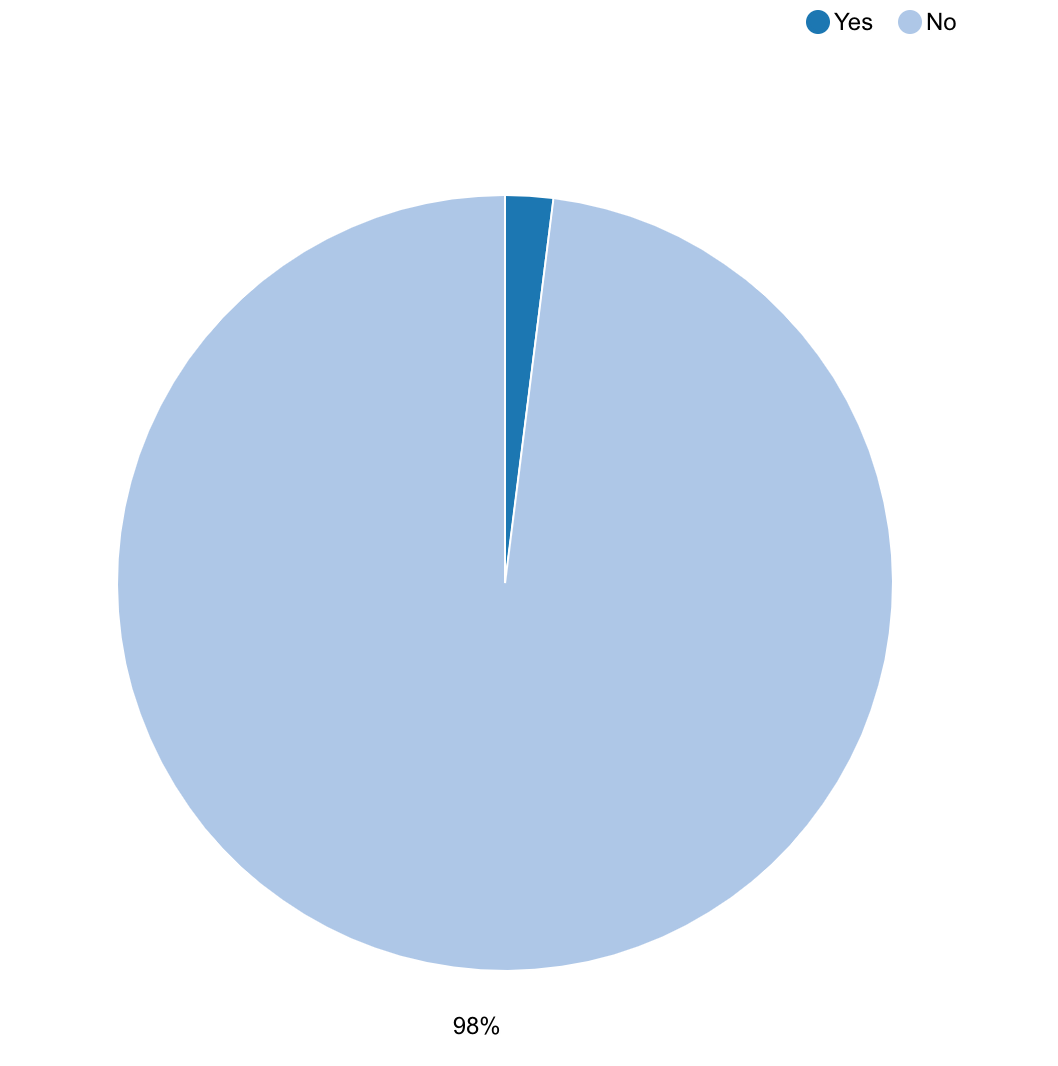
Was there any intimidation of voters who came to check their name or make changes to the list?
In monitoring the voter registration process, PACE observers recorded almost no incidents of violence: 98% of the reports submitted by observers, for example reported no incidents of intimidation.
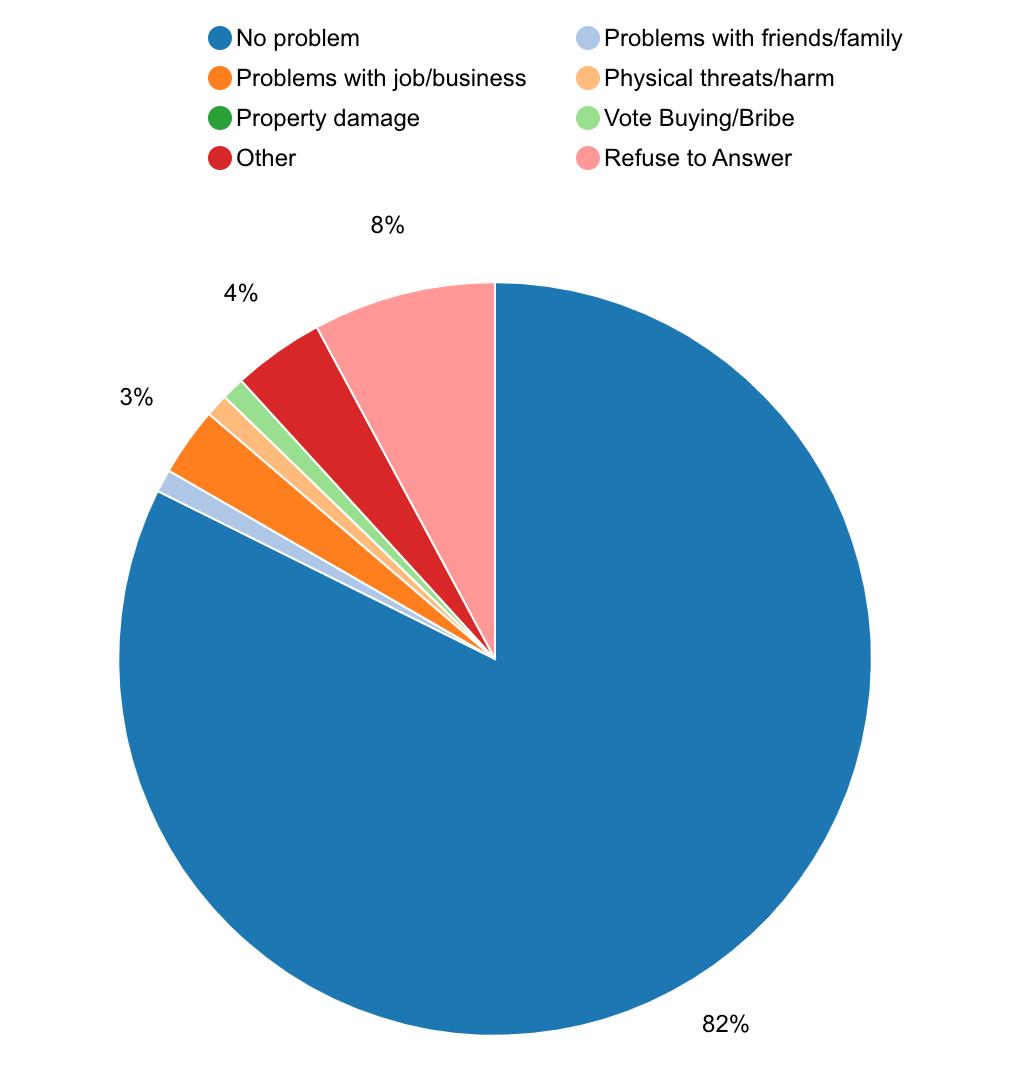
Do you think voters in this area face problems if they vote for certain political parties?
Likewise, in the interviews conducted by PACE volunteers, most interviewees indicated that they did not think voters faced any problems that would result from their vote for a certain political party.
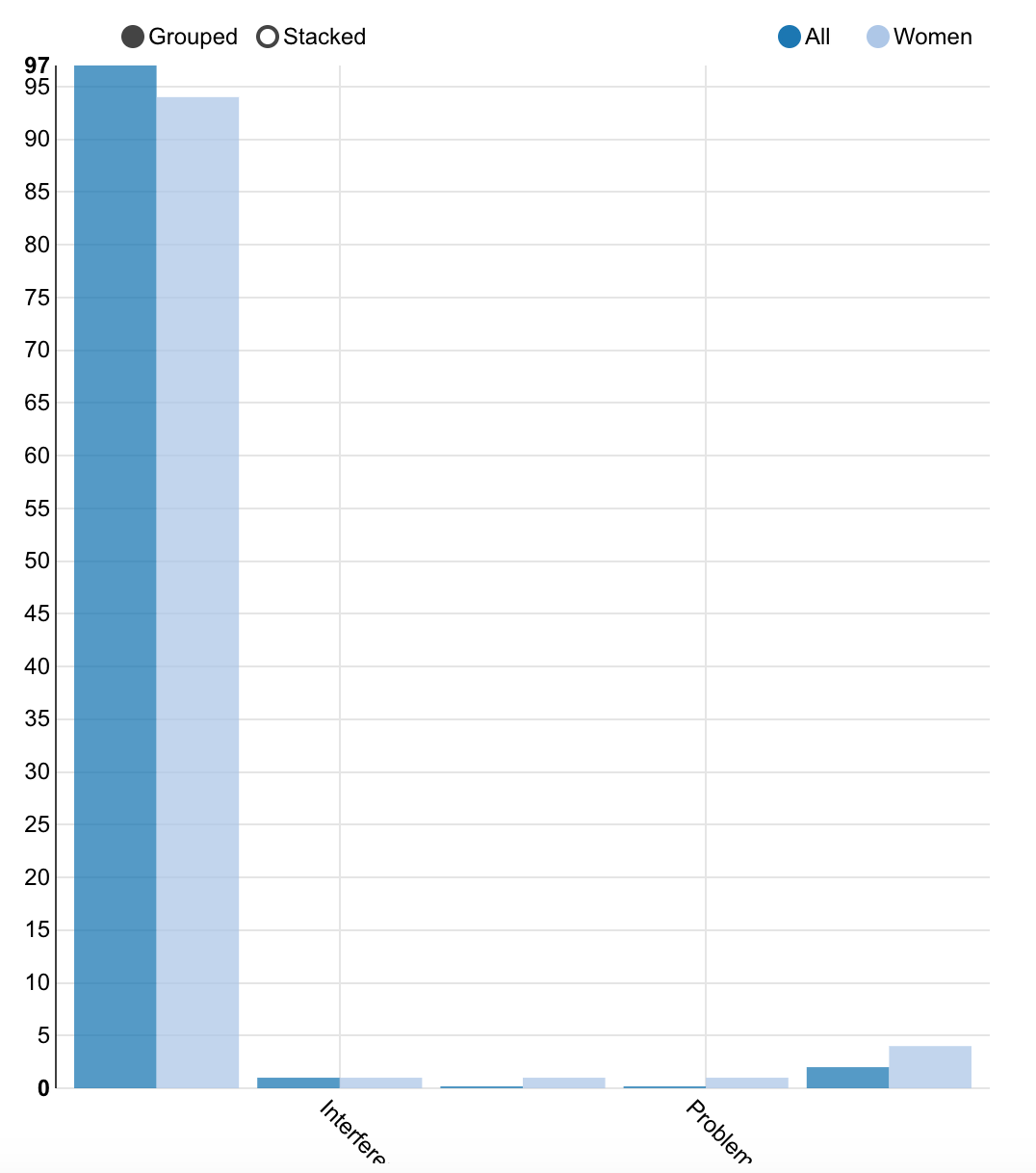
Did you face any problems campaigning in this area?
In the interviews conducted by volunteers, candidates overwhelmingly reported that they did not face problems campaigning. However, women were slightly less likely than men to report that they had no problems.
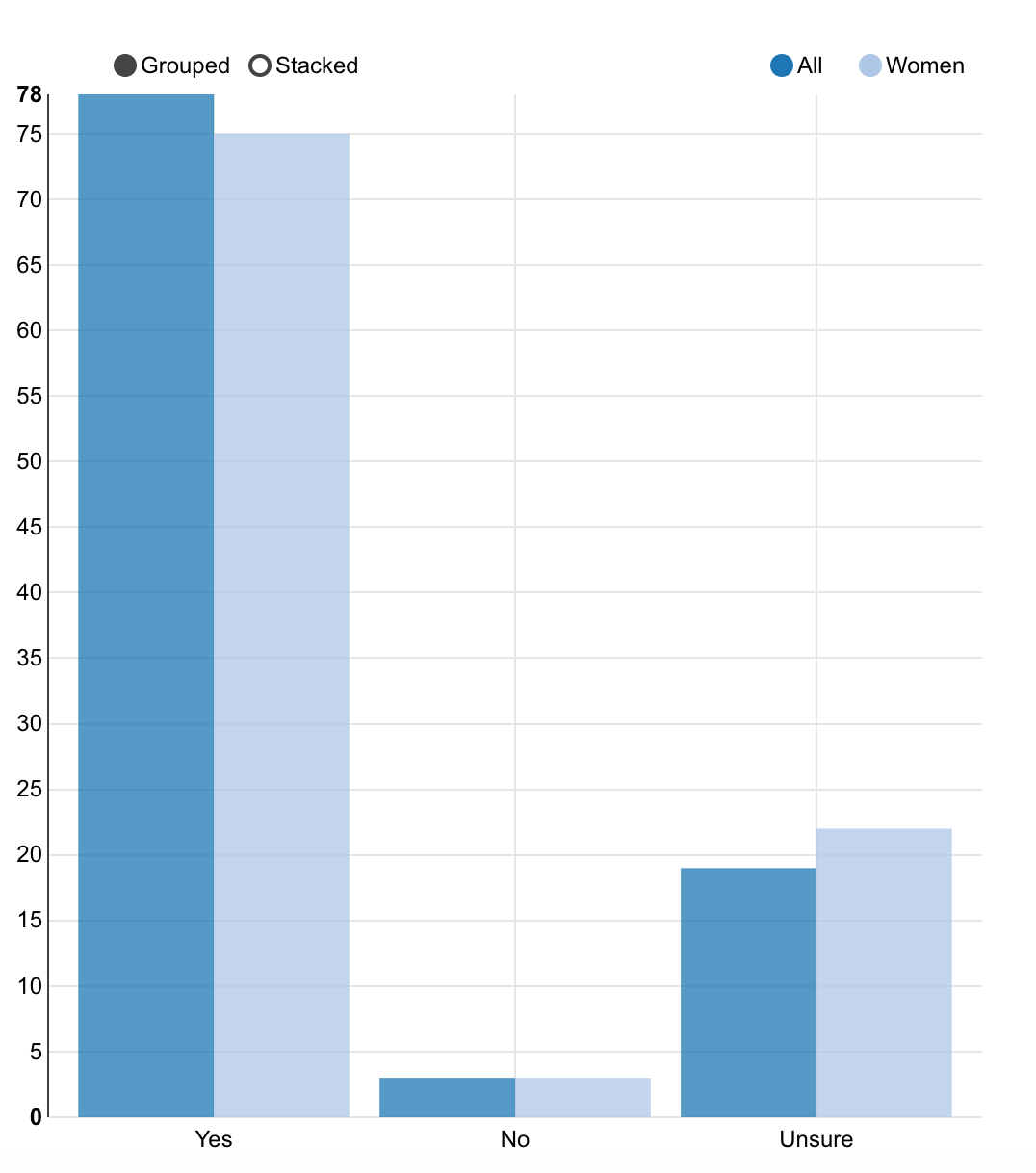
Do voters in this area feel free to attend campaign events of the party that they like?
Similarly, voters interviewed as part of PACE’s observation reported that they felt free to attend campaign events, though women were less likely to indicate that voters felt free to do so, and more likely to report that they were unsure.
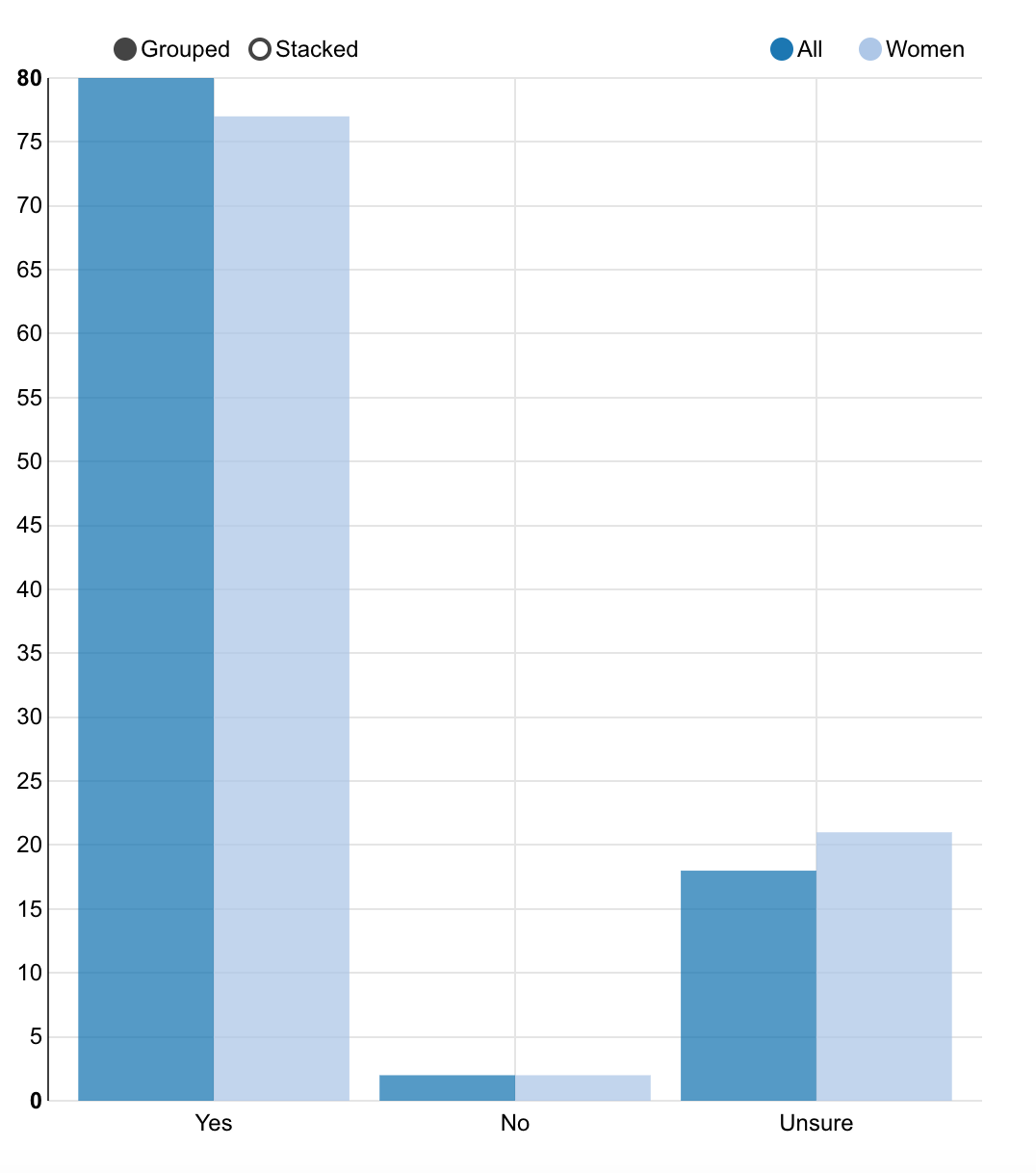
Do voters in this area feel free to vote for candidates or parties that they like?
80% of the voters interviewed by PACE observers reported that voters felt free to cast a vote for the candidate or party they preferred, but women were less likely to say that voters felt free to do so, and more likely to report that they were unsure.
ELECTION DAY
On November 8, 2015, PACE deployed 2098 observers to more than 950 polling stations and 41 tabulation centers around the country to observe the election day process, including opening, voting, and closing and counting, as well as the tabulation process. This was a nationally representative short-term observation of election day procedures.
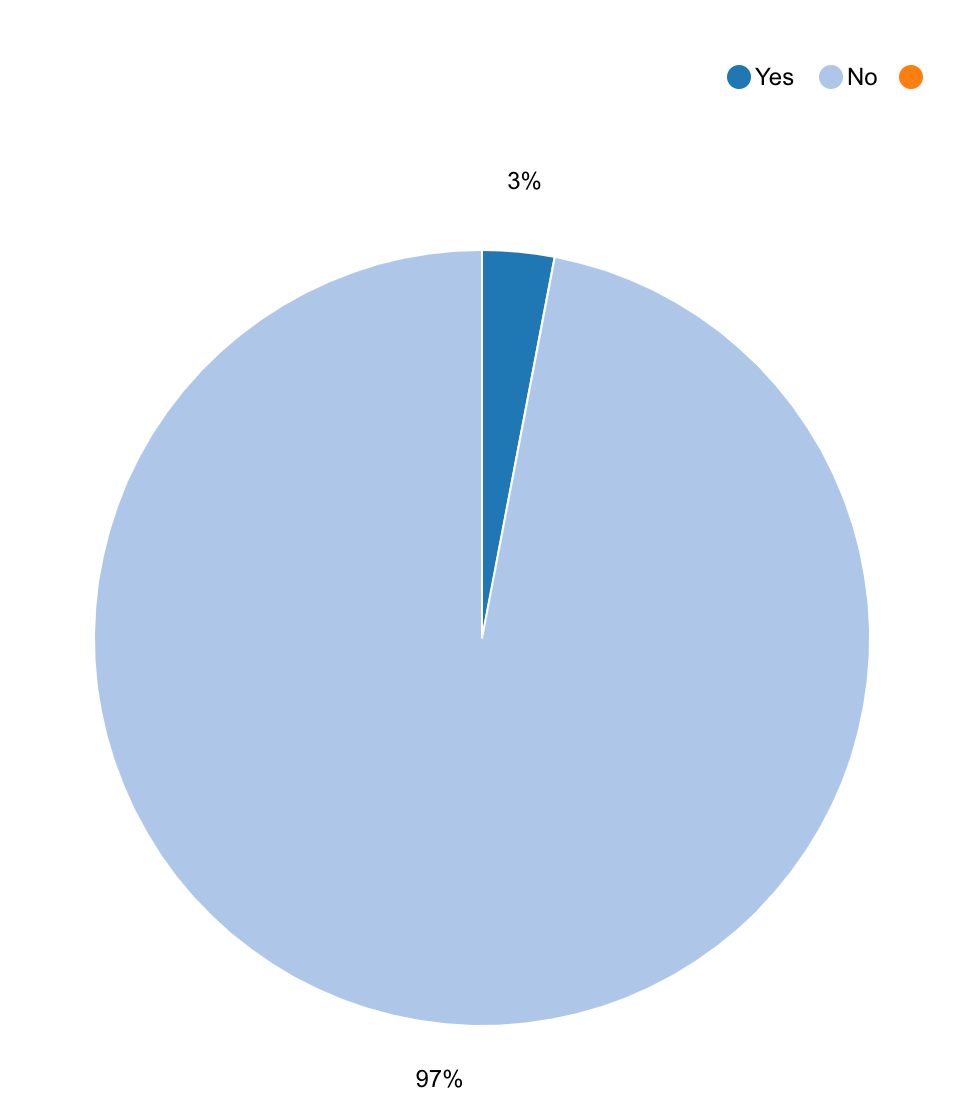
Was there any interference, harassment, or intimidation in the counting process?
Overall PACE received very few reports of incidents of violence on election day. Of the total observer reports received, for example only 3% indicated that there had been any interference such as harassment or intimidation during the vote count.
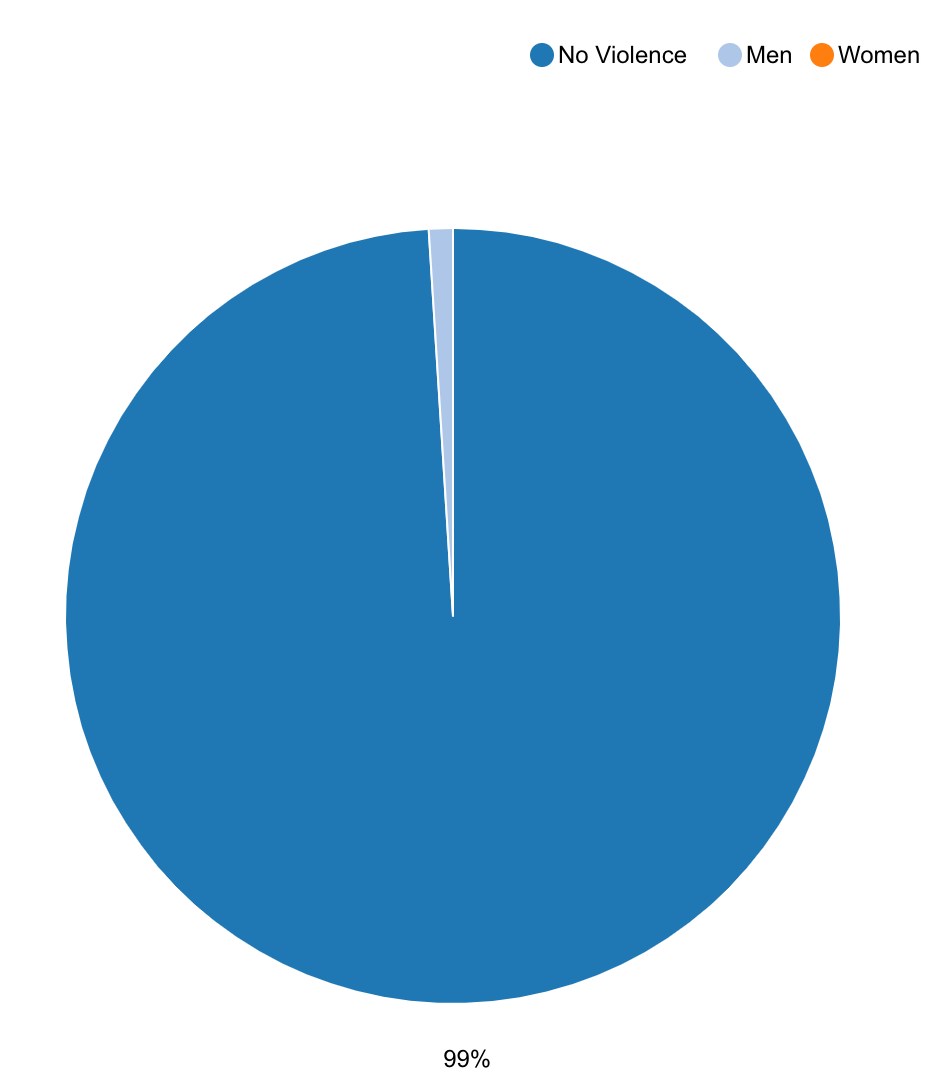
Was there any intimidation and/or harassment inside or outside the polling station against any of the following?
Regarding violence in or around polling stations, PACE did not receive reports of any significant incidents of election violence or VAW-E. Only 1% of reports received from observers indicated that there had been intimidation or harassment near the polling station at which they were stationed.
ABOUT THE OBSERVATION
During the official campaign period, PACE deployed 129 long term observers to 129 townships across all states and regions in Burma.
Of these, 109 were selected non-randomly based on polling station distributions across the states and regions to provide an overview of national trends. An additional 20 townships were selected as "hot spot" areas, including places with high profile candidates, a history of problematic elections, a high number of migrant workers, on-going conflict or inter-communal tensions.
On election day, PACE deployed 2098 observers to monitor the electoral process at polling stations. These observers were systematically distributed throughout the country, and were stationed at more than 950 polling stations and 41 tabulation centers.
Other countries
The Votes Without Violence project, initially developed by the National Democratic Institute, has examined violence against women in elections in the following countries. You can view each country's data individually or check out our cross-country analysis.
Cote D'Ivoire
Contested claims of victory during Côte d’Ivoire’s 2010 presidential election—the first in a decade—triggered widespread post-election violence, in which women were often the first victims.